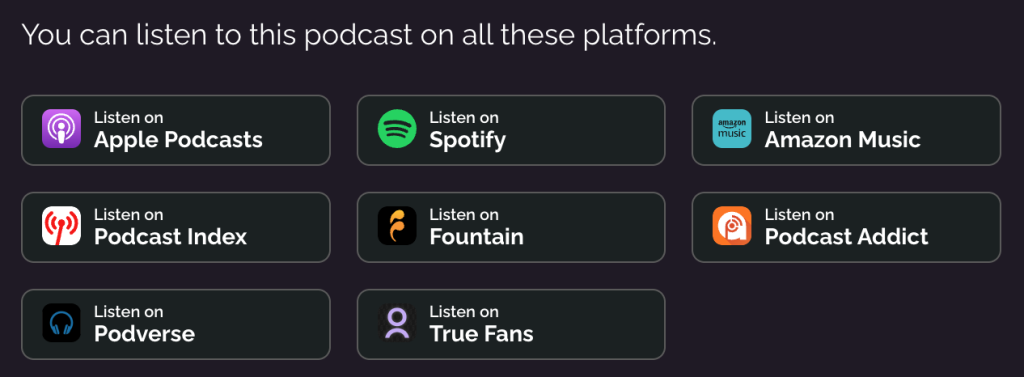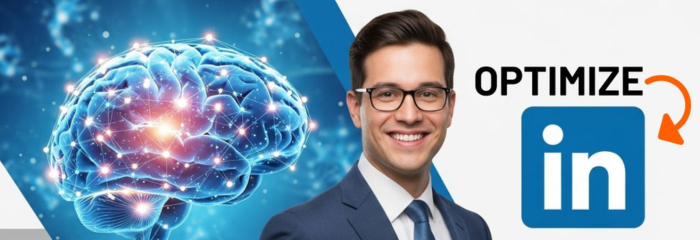- July 14, 2025
- FOXITBLOG
In the C-suite, time is the ultimate currency. Every minute is allocated, every decision weighed for its return on investment. Yet, a critical asset is often left neglected, a digital ghost town that could be a thriving metropolis of opportunity: the executive LinkedIn profile. Many leaders view it as a resume, a static document to be updated only when actively seeking a new role.
This, according to LinkedIn growth strategist Al Kushner, is a multi-million dollar mistake.
“LinkedIn is more than just a networking platform; it’s a digital representation of your professional brand,” Kushner states in a recent episode of the Digital Impact podcast. “For executives, a strong profile establishes credibility, positions them as thought leaders, and is a critical tool for attracting top talent and influencing key stakeholders”.
The problem? Many executives are committing unforced errors. They delegate profile management without oversight, resulting in generic, impersonal pages that lack a compelling headline, a well-crafted summary, or a clear call to action. They neglect to showcase achievements, thought leadership, or recommendations—the very elements that build trust and authority in the digital world.
This isn’t just a missed opportunity; it’s a potential liability. An outdated or incomplete profile can be “potentially harmful for a sale or a business partnership,” Kushner warns. In a world where potential partners and clients turn to LinkedIn first, before even visiting a company’s website, a weak executive presence can kill a deal before it even begins.
The AI Advantage: From Burden to Powerhouse
The common objection is predictable: “I’m too busy.” Kushner argues that this excuse is no longer valid, thanks to the strategic implementation of artificial intelligence.
“Maintaining a LinkedIn presence doesn’t have to be time-consuming,” he insists. “A well-optimized profile and a consistent posting schedule can be managed in as little as 15 to 30 minutes a week with the help of AI tools”.
AI can analyze data to identify trending topics in your industry, suggest personalized connection strategies, and even help draft impactful headlines and engaging posts. These tools are not meant to replace authentic engagement but to complement it, automating repetitive tasks so leaders can focus on what matters: building genuine relationships.
Unlocking Your Hidden Content with AI-Powered Document Tools
A significant challenge for many executives is that their deepest insights are often locked away in lengthy internal documents. White papers, reports, and presentations contain a wealth of knowledge that rarely sees the light of day on social platforms. This is where workflow optimization becomes a cornerstone of an effective LinkedIn strategy.
Kushner highlights that tools like Foxit’s AI-powered PDF editor are “incredibly valuable for LinkedIn content preparation and optimization”. He explains, “For instance, executives often have white papers, reports, or presentations that can be repurposed into LinkedIn posts or articles”.
Foxit’s AI capabilities can extract key insights, summarize lengthy documents, and even help reformat content specifically for LinkedIn’s platform. The synergy is clear: by using AI to streamline document editing and repurposing, professionals can focus their limited time on strategic networking and engagement. It’s a perfect alignment with the book’s emphasis on leveraging AI to “work smarter, not harder”.
From Profile to Profit: A Case Study
The results of this focused approach can be transformative. Kushner shares the story of a Chief Technology Officer he worked with who revamped his profile using AI-driven insights. “By highlighting his expertise in emerging technologies and sharing thought leadership content, he caught the attention of a major tech company,” Kushner recalls. “This led to a partnership that resulted in a multi-million dollar project”. This isn’t an anomaly; it’s a testament to how a well-optimized profile can open doors to significant opportunities.

Navigating the Authenticity Paradox
Of course, the use of AI introduces its own set of challenges, most notably the risk of sounding impersonal or, worse, committing plagiarism. The key is to use AI as a starting point, not a final product.
“Over-reliance on AI can make your profile feel impersonal,” Kushner advises. He recommends using AI to generate drafts and ideas, then personalizing the content with your unique voice and insights. To combat the risk of plagiarism, tools like Grammarly can evaluate content and suggest revisions to ensure originality, a practice Kushner finds invaluable. The goal is to ensure you always come across as “authentic and original”.
Ultimately, an executive’s LinkedIn presence is a reflection of the company as a whole. When the entire leadership team maintains well-crafted, active profiles, it signals a level of professionalism and current relevance that resonates with potential clients, partners, and top-tier talent. In today’s digital-first world, you can’t afford to be a ghost in the machine.
To hear more invaluable insights from Al Kushner on leveraging AI to supercharge your professional brand, watch the full episode on YouTube: https://www.youtube.com/watch?v=bbnJJaRwKn4
You can also subscribe to the audio version of “The Digital Impact: Business, Tech, and AI” on all major podcast platforms: https://rss.com/podcasts/the-digital-impact-business-tech-and-ai/
New episodes are released every Friday.

